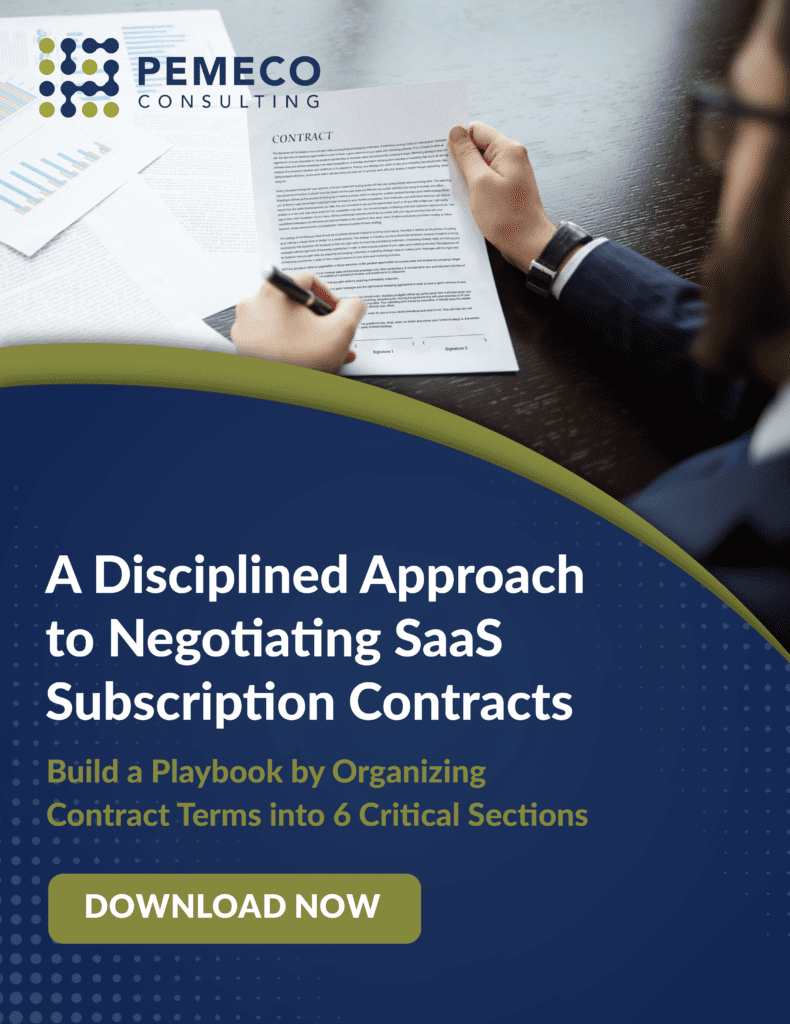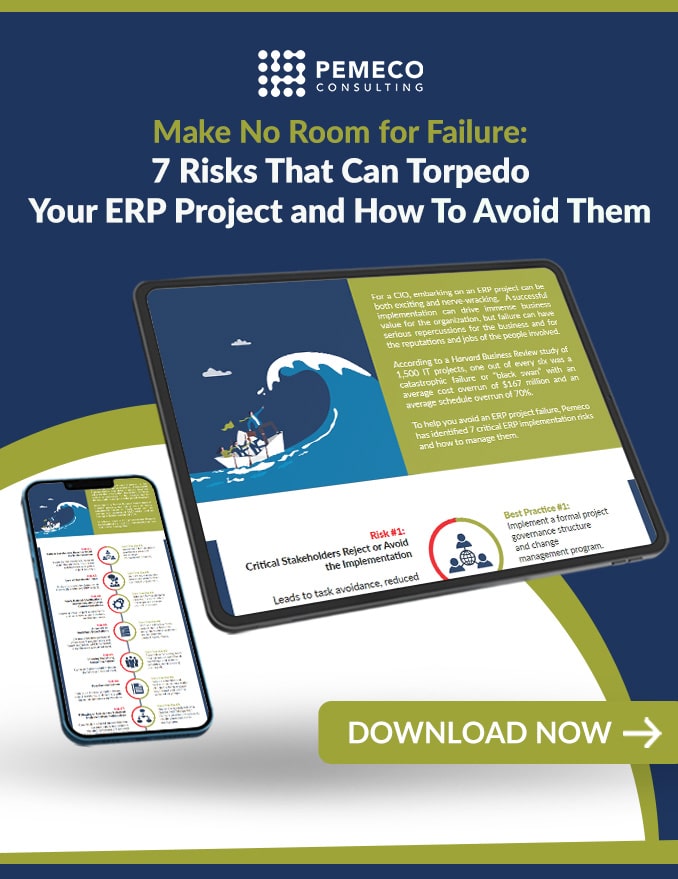Post-ERP Implementation Troubles
The client – a multinational manufacturer and distributor – underwent a problematic and costly Baan ERP implementation. Routine operations suffered in the months that followed. For example, ERP reports contained erroneous information, shop floor scheduling errors created unnecessary capacity and resource constraints, and there appeared to be an inefficient allocation of staffing resources.
Operational & Systems Audit
After its failed implementation, the company retained our firm to audit its organizational structure, business processes, and ERP system set-up. We successfully rescued the failed ERP implementation project following an audit process that included an assessment, recommendations, issues prioritization, implementation road-map, and budget.
We started with a fact-finding discovery phase. At the outset, we interviewed key stakeholders, including executives, mid-management, and front-of-line employees. From the interviews, we documented the following issues that were preventing the client from realizing the business benefits of its ERP system:
- Business processes inefficiencies prevented transactions from flowing through the organization
- Certain employees didn’t use the new ERP system because of inadequate training
- Certain employees didn’t use the new ERP system because of poor system set-up
- Senior management made decisions by relying on reports derived from inaccurate data
After the discovery phase, we worked with the various stakeholder groups to prioritize the issues for resolution.
Getting to the Root of Inaccurate Budgets and Forecasts
One of the higher priority issues was that significant discrepancies existed between budgets and forecasts on the one hand and actuals on the other. As we dug deep into this problem, we traced the problem to purchasing and sales.
As it turned out, the client’s front-line employees weren’t using the ERP system to generate sales quotes and purchase orders. As a result, the finance personnel were relying upon incomplete and inaccurate data to prepare budgets.
We worked with the purchasing and sales employees to determine why they weren’t using the system. We learned two things:
- The ERP system’s configurator module hadn’t been properly tuned to the client’s pricing needs
- The end-users in purchasing and sales weren’t using the system properly
“Pemeco’s skills in strategic planning and operations streamlining as well as their in-depth knowledge of ERP software made them an ideal choice to lead the assessment. I question if we could have found this combination elsewhere…”
— Senior VP of Strategy and Business Analysis
An ERP Action Plan to Fix the Problem
For this issue, our recommendations touched on all three components of effective ERP project management: technology, business processes, and people. As is typically the case, the technological recommendation was the easy one. We recommended that the client appropriately parameter-ize the configurator module reflect actual pricing and cost scenarios.
Then, we recommended a blended methodology to deal with the business process and training issues. Since engagement is always critical to effective training, we sought to give the end-users a measure of ownership over business process design. By offering them a hand in how their job tasks were defined, the end-users ultimately bought into their job changes and the new ERP system. We also recommended having the end-users draft detailed training documentation that included business process maps and job-specific ERP system instructions.
Finally, we issued recommendations to improve planning and shop floor functions, including the development of a culture of planning and scheduling accuracy. The client accepted the recommendations because they were tied to real and measurable business benefits, including: reduced inventory costs, shorter production cycles and increased rates of on-time delivery.
Implementation
After we had presented our ERP Action Plan, we were pleasantly surprised to learn that our client wanted to retain us to manage the implementation of our recommendations. We are pleased to report that we successfully implemented all of our recommended tasks. This means we met key metrics relating to costs, time, and pre-defined success metrics.
Today, our client continues to implement some of the medium and long-term recommendations, with a particular focus on the shop floor.
You can learn more about our ERP Action Plans and ERP Optimization and Training services. Or, if you’d like to reach our, simply contact us.






